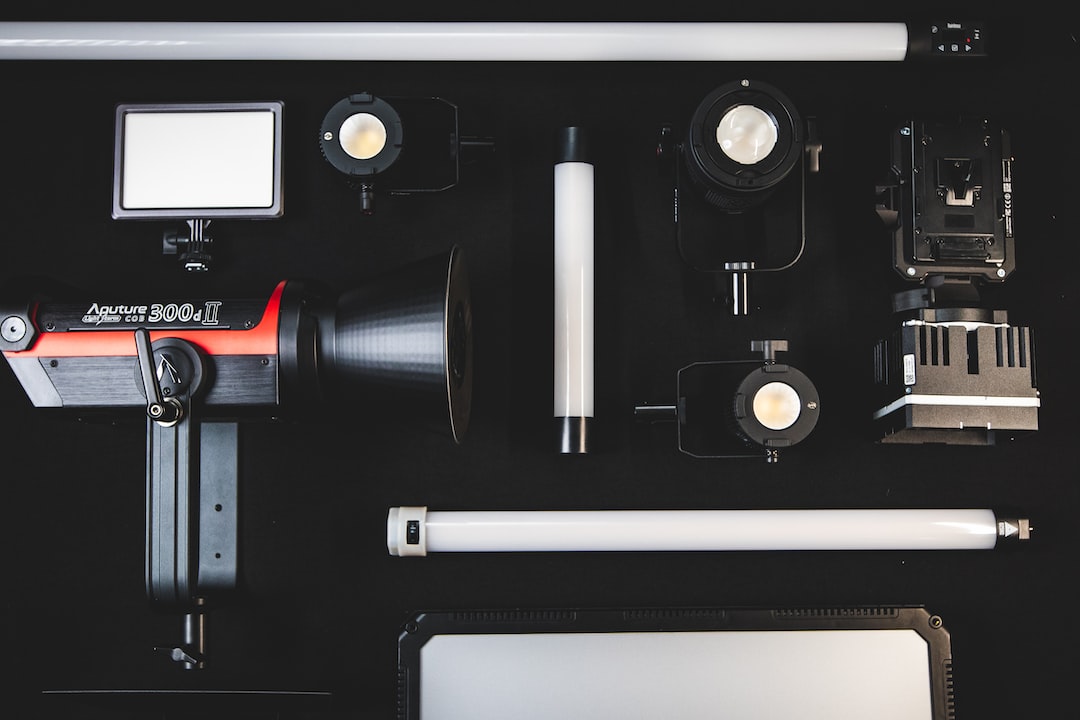Ensuring Product Safety and Compliance in Manufacturing
Product safety and compliance are crucial aspects of manufacturing. Ensuring that products meet safety standards and comply with regulations is not only essential for protecting consumers but also for maintaining a company’s reputation and avoiding legal issues. In this blog post, we will discuss the importance of product safety and compliance in manufacturing and explore some effective strategies to achieve them.
Why is Product Safety and Compliance Important?
Product safety and compliance play a significant role in maintaining consumer trust and confidence. When a product is unsafe or does not comply with regulations, it can lead to injuries, damage, or even fatalities. This can result in expensive lawsuits, recalls, and damage to a company’s reputation.
In addition to legal and ethical concerns, ensuring product safety and compliance is essential for business longevity. Companies that prioritize these aspects can gain a competitive edge by building a strong reputation for producing reliable and safe products. Consumers are more likely to choose products from manufacturers that demonstrate a commitment to their safety and well-being.
Strategies for Ensuring Product Safety and Compliance
1. Implement a Comprehensive Quality Management System (QMS): A QMS provides a framework for maintaining product safety and compliance throughout the manufacturing process. It includes procedures and processes that ensure products meet specific safety standards and regulatory requirements. A well-implemented QMS can help identify potential risks and hazards early on, enabling companies to take timely corrective actions.
2. Conduct Regular Risk Assessments: Risk assessments are essential for identifying potential hazards associated with a product. By analyzing possible risks, manufacturers can develop strategies to mitigate them effectively. Regular risk assessments should be conducted throughout the manufacturing process, from design and development to production and distribution.
3. Stay Up-to-Date with Regulations: Regulations and safety standards can change over time, and it is crucial for manufacturers to stay current with the latest requirements. This may involve conducting regular research, participating in industry conferences, or consulting with experts in the field. By staying informed, companies can ensure that their products are always compliant and meet the highest safety standards.
4. Perform Rigorous Testing: Testing is a critical step in the manufacturing process to ensure product safety and compliance. Various types of testing, such as performance, durability, and safety testing, should be conducted at different stages of production. By thoroughly testing products, manufacturers can identify potential issues and ensure that products meet all required standards.
5. Implement a Robust Supplier Control System: Manufacturers often rely on suppliers for components or raw materials. It is essential to have a reliable supplier control system in place to ensure that all components meet safety and regulatory requirements. Regular audits and inspections of suppliers can help identify potential issues and maintain high standards throughout the supply chain.
6. Establish Clear Communication Channels: Effective communication is crucial for ensuring product safety and compliance. All stakeholders, including employees, suppliers, and customers, should be informed about safety protocols and encouraged to report any concerns regarding product safety. Providing clear guidelines and channels for reporting can help identify issues before they escalate into major problems.
7. Maintain Proper Documentation: Proper documentation is essential for demonstrating product compliance and safety efforts. Manufacturers should maintain records of all safety tests, risk assessments, audits, and inspections. This documentation not only helps prove compliance to regulatory authorities but can also be useful in case of any legal disputes or recalls.
In conclusion, ensuring product safety and compliance in manufacturing is vital for safeguarding consumers and protecting a company’s reputation. Implementing a comprehensive quality management system, conducting regular risk assessments, staying up-to-date with regulations, performing rigorous testing, establishing a robust supplier control system, maintaining clear communication channels, and proper documentation are all effective strategies for achieving product safety and compliance. By prioritizing these aspects, manufacturers can build consumer trust, gain a competitive advantage, and contribute to a safer marketplace.


